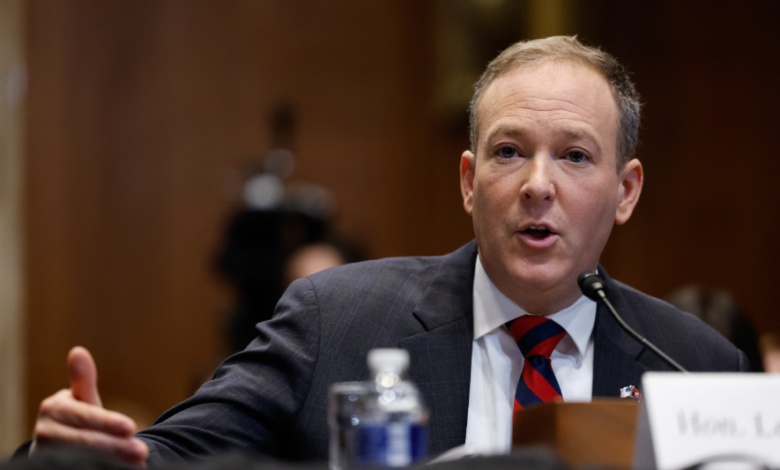EPA Rules vs State Regulations: Know the Difference

Understanding the dynamics between Environmental Protection Agency (EPA) rules and state regulations is crucial for businesses, developers, and environmental advocates alike. While both aim to protect public health and the environment, the relationship between federal and state-level regulations can sometimes be complex. This guide will provide clarity by breaking down their key differences and how they interact.
1. The Scope and Authority of EPA Rules
The EPA is a federal agency responsible for regulating and enforcing national environmental standards across the United States. Its rules are designed to provide a baseline level of protection for air, water, and land quality. For example, the Clean Air Act and Clean Water Act were spearheaded by the EPA to establish national benchmarks for pollution reduction.
EPA rules apply universally across all states. However, they represent the minimum standard of compliance. States cannot implement weaker regulations than those set by the EPA. For instance, the EPA mandates specific limits on harmful emissions from industrial facilities to ensure safe air quality nationwide.
2. State-Specific Regulations and Their Intended Role
State governments often have their own set of environmental regulations, and these can sometimes go beyond what EPA rules require. States have the flexibility to establish stricter environmental standards tailored to their unique needs. For example, California is well-known for its stringent vehicle emissions standards, which surpass those of the EPA.
This added autonomy empowers states to tackle specific environmental challenges. States with varying geographical or industrial conditions often use their regulatory power to address concerns that federal standards may not adequately cover.
3. The Role of Inspectors in Environmental Compliance
Inspectors play an essential part in ensuring adherence to environmental regulations, particularly when it comes to managing stormwater pollution. A swppp inspector is tasked with overseeing the implementation of Stormwater Pollution Prevention Plans (SWPPPs), which are critical for minimizing pollutant discharge during construction and industrial activities. These professionals are responsible for conducting regular site inspections, identifying compliance issues, and proposing corrective actions to mitigate potential environmental risks. Their expertise supports both federal and state-level efforts to maintain water quality standards while addressing site-specific challenges.
See also: Exploring the Power of Edge TV Subscription: Your Ultimate Guide
4. How States Handle Compliance and Enforcement
States play a vital role in monitoring industries and ensuring compliance. While the EPA provides guidance and oversight, states often manage permitting, inspections, and issuing violations under agreements authorized by federal environmental laws. This creates a streamlined approach where state regulators enforce federal mandates while maintaining the ability to exceed those standards.
For example, a facility emitting pollutants might need to meet both its state’s specific air quality standards and the federally required thresholds set by the EPA. Compliance on both fronts is necessary to avoid legal repercussions.
5. The Impact of Preemption and Waivers
Although states can adopt stricter standards, there are times when federal law preempts state regulations. This principle ensures that national standards are prioritized where consistency is critical, such as in interstate commerce. Conversely, the EPA may grant waivers to states seeking to implement more stringent environmental protections. California’s waiver for its advanced vehicle emissions standards is a prominent example of this.
Understanding how preemption and waivers function is key to navigating the regulatory landscape, particularly for businesses operating in multiple states.
6. Navigating the Challenges of Dual Compliance
For those subject to environmental regulations, complying with both federal and state laws can sometimes feel like a balancing act. Ensuring alignment with EPA rules is essential, but ignoring state-specific standards can result in significant penalties or operational disruptions. To address this complexity, businesses must stay updated on evolving regulations at all levels.
Developing a robust compliance strategy that evaluates both federal and state policies is critical. Leveraging legal expertise or consulting with state environmental agencies can further simplify this process.
By understanding the nuanced relationship between EPA rules and state regulations, individuals and organizations can better position themselves within the broader regulatory framework. Insights into this interaction ensure compliance, reduce liability, and contribute to a healthier environment for all.




